by José Luis Martín - @quesarte
.png.transform/rendition-xs/image_image%20(1).png)

by José Luis Martín - @quesarte
Spanish tender cheeses can be enjoyed at any time of day and are recommended for all kinds of consumers, especially children and those with sensitive digestion. This is because they contain lactic ferments that help balance gut flora and aid digestion.
Thanks to their soft, creamy texture, they are often named similarly to other matured or ripened cheeses of comparable consistency, although those cheeses typically have longer aging periods and a more intense flavor.
Tender cheeses are defined by their short maturation time, high moisture content, and low salt levels. Because they are so young, their texture is creamy and their flavor is mild, with predominant dairy aromas such as cream, yogurt, or butter.
They differ from fresh cheeses in that fresh cheeses don’t contain ferments and have an expiration date, whereas tender cheeses have a “best before” date and a slightly longer shelf life.
A Tradition Rooted in the Countryside
In the mid-20th century, it was common in rural areas to make cheese using milk from one’s own livestock. Many families had a few animals, and in springtime, they would make cheese for personal consumption. Using freshly milked cow, goat, or sheep milk, cheeses were made following ancestral recipes passed down from grandmothers to daughters and granddaughters.
They were typically consumed fresh or lightly aired—meaning tender. When milk was plentiful, cheeses were aged for summer and preserved in oil or lard.
From the 1960s onward, due to hygiene and food safety regulations, the production of tender or young cheeses began to use pasteurized milk. This allowed for better quality control and reduced health risks.
Today, only in the Canary Islands—free from brucellosis—is it legally permitted to make these cheeses with raw milk.
Traveling through rural Spain, you’ll discover that each region has its own cheeses and traditional methods of production.
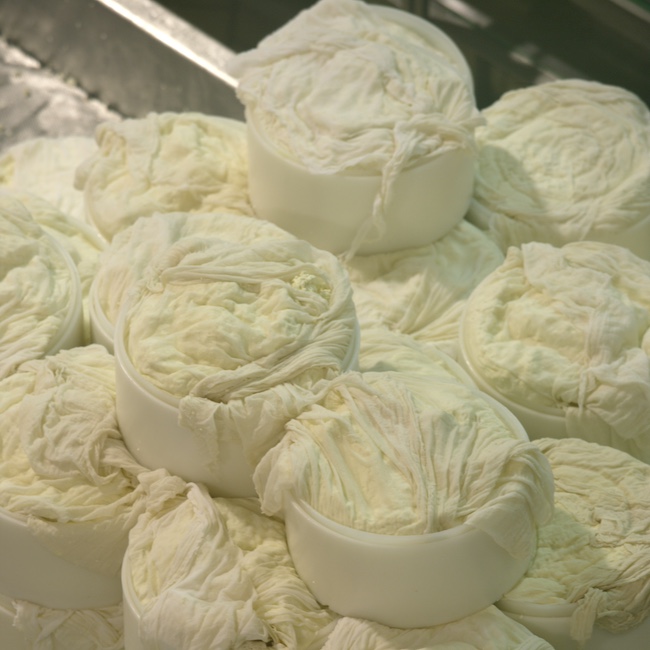
The Cantabrian Selection
Along the Cantabrian coast, cattle farming dominates, giving rise to tender, young cheeses with milky textures and sweet flavors reminiscent of cream and butter. Notable examples include Tetilla, Arzúa-Ulloa, and Nata de Cantabria—all with Protected Designation of Origin (PDO) status. These tender cheeses pair well with both sweet foods like honey or membrillo -quince paste- (especially the Galician varieties) and savory items like anchovies, commonly served with Nata de Cantabria.
Pilgrims on the Camino de Santiago coming from northern Europe influenced the recipe of Cebreiro cheese (also with PDO), which is highly milky, grainy in texture, and slightly tangy—reminiscent of yogurt and butter.
In the Basque Country and Navarre, regions known for shepherding, sheep's milk is prevalent. The season’s first cheeses are traditionally enjoyed in farmhouses with walnuts and quince paste. New cow and goat milk producers are now introducing innovative tender cheese recipes in these regions.
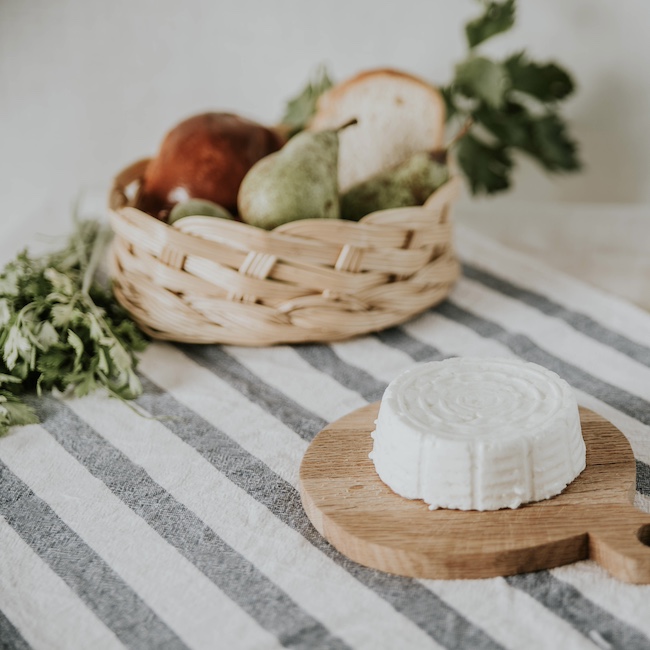
From La Rioja to Catalonia
In La Rioja, the Camerano cheese (PDO), made with goat’s milk, is notable. It features characteristic rind marks left by the cilla, a traditional braided wicker mold—now often replaced by food-safe plastic versions that maintain the original design.
Catalonia is perhaps the most innovative region in terms of cheese-making. Many producers craft excellent tender cheeses using cow, goat, and sheep milk. L'Alt d'Urgell i la Cerdanya, the only PDO cheese in the region, is a soft, tender cheese with an orange rind and ivory-white interior.
Tender Cheeses of Castilla and Extremadura
Traditionally, Castile and León offered two standout tender cheeses: Villalón (also called Pata de mulo) and Queso de Burgos, both made from sheep’s milk. Nowadays, things have changed and these two examples are not produced tender anymore, but fresh.
In the Sierra de Ávila, particularly around Candeleda, flavorful goat cheeses are made with natural or pimentón-covered rinds. They’re bright white, characteristically goaty, with tangy notes reminiscent of yogurt—especially appetizing.
This cheese-making tradition continues in Extremadura, notably in La Vera, a region known for its goat farming and for producing the famed Pimentón de La Vera. Cheeses here, made from pasteurized milk, are soft, creamy, and smooth.
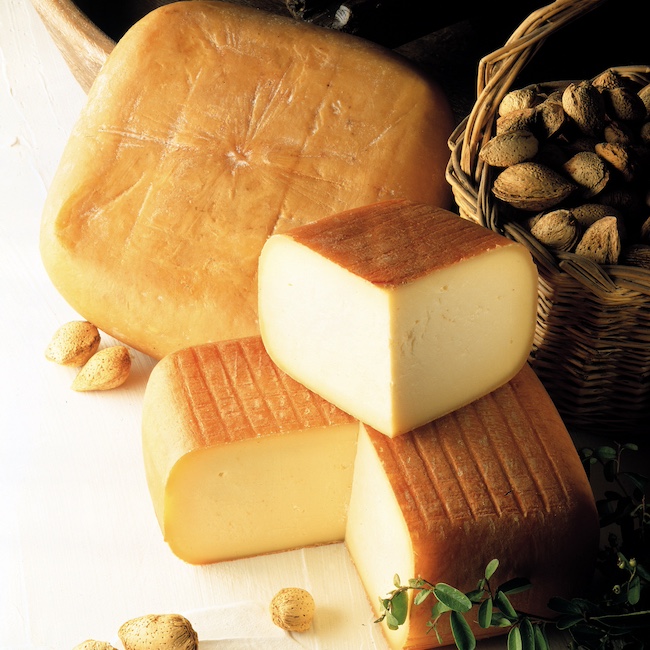
Cheese Islands: The Canary Islands and Balearics
Canarian cheeses have always been closely tied to local livestock farming. Tender cheese is one of the most consumed, thanks to its versatility—perfect for cooking or serving as a tapa. These cheeses are made from raw or pasteurized milk and served in many ways: grilled, smoked, roasted, or with mojo sauce. It's no surprise that the Canary Islands have the highest per capita cheese consumption in Spain. These visually appealing cheeses are often coated in pimentón or gofio, giving them a unique flavor and appearance.
In Menorca, Mahón tender cheese (PDO) is made with pasteurized cow’s milk from island-grazing cattle. It’s buttery, fine-textured, and nearly rindless, with a very mild milky flavor, ideal for all audiences.
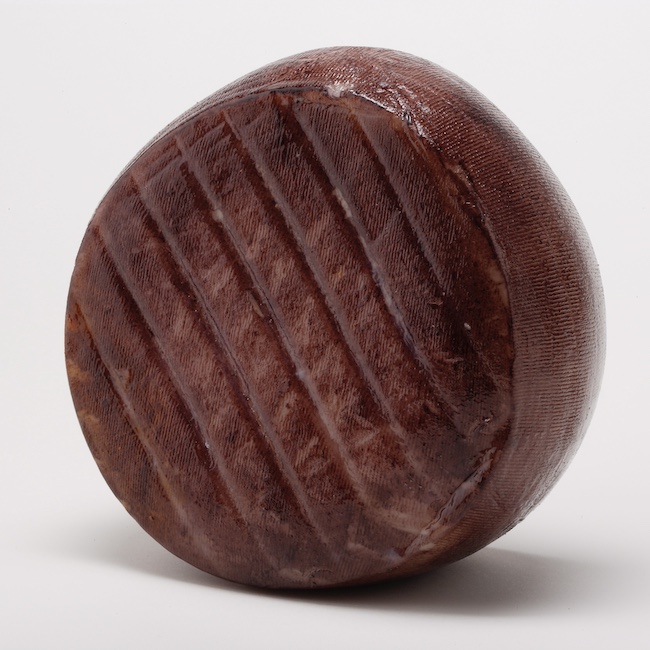
Mediterranean Style
In Valencia and the Mediterranean coast, tender cheeses made from cow and goat milk are widely enjoyed. One classic is the Queso de Servilleta, which gets its name from the cloth (tovalló) used to mold it. It has a rounded shape with striated edges caused by the tied cloth.
In the Alicante mountains, Blanquet cheese—also known as Alicante goat cheese—is a local favorite, known for its tender texture and mild flavor, typical of southeastern Spanish goat cheeses.
Tronchón cheese, from the Maestrazgo region (spanning Castellón and Teruel), is instantly recognizable for its volcano-shaped depressions on both faces and its floral-patterned rind. It can be eaten fresh, tender, or matured. Even Cervantes mentioned it in Don Quixote, proving its long-standing legacy.
In Murcia, two PDO goat cheeses are traditionally consumed as tender:
Tenderness in Andalusia
Andalusia boasts a long cheese-making history, especially in goat cheese production and consumption. Historically, most cheeses were eaten fresh or tender, and in every province, goat cheese was a staple on farmers’ tables.
Local breeds—Granadina, Malagueña, Payoya, and Florida goats—form the backbone of Andalusia’s widely consumed goat cheeses.
In the Sierra de Grazalema, the native Payoya goat and Grazalemeña sheep thrive. Their milk is used to make the acclaimed cheeses bearing their names, prized both nationally and internationally.
These traditional cheeses have evolved over recent years as producers cater to modern tastes, aiming for milder flavors and creamier textures.
New, flavorful varieties continue to emerge, often featuring inventive ingredients like spices, nuts, truffle, or black garlic.
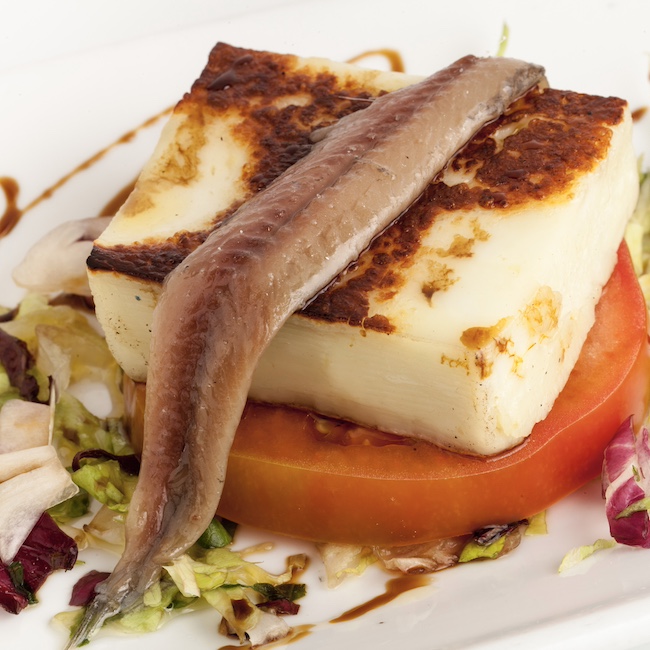
In Our Gastronomy
Tender cheeses are perfect for any time of day and pair beautifully with a wide variety of sweet and savory foods. Their culinary versatility is remarkable:
The cheese is served—enjoy it and share it.